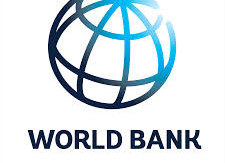The fight to end extreme poverty is revealing a developing dichotomy. On the one hand, extreme poverty continues to be stubborn in certain parts of the world, while in others it has become minuscule or non-existent. In about half of the world’s countries, less than 3 percent of the population is living on less than $1.90 a day—but that doesn’t mean the fight to eradicate poverty is over in these countries.
Recognizing this divergence, a new World Bank report—Poverty and Shared Prosperity 2018: Piecing Together the Poverty Puzzle—broadens our understanding of poverty. It introduces new tools and measures that will help countries better identify the poor and implement appropriate policies to build human capital and improve living standards.

